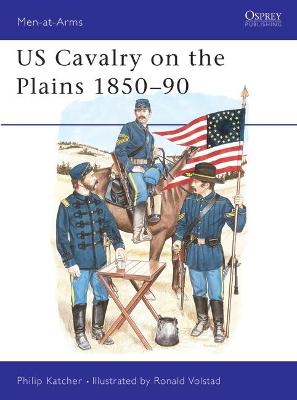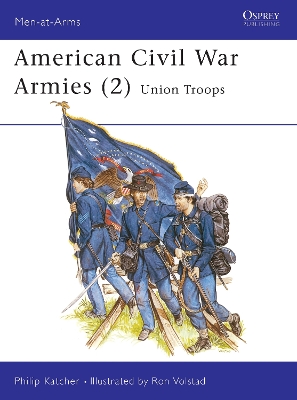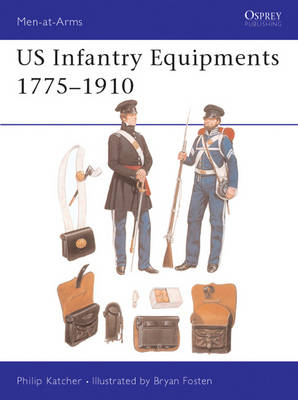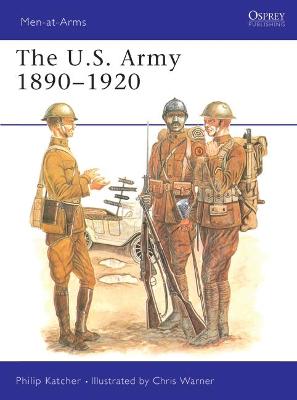Men-at-Arms
5 primary works • 6 total works
Book 37
To see the introduction, the table of contents, a generous selection of sample pages, and more, visit the website The Army of Northern Virginia website.
The Confederate Army of Northern Virginia was one of the greatest fighting formations in history: a combination of an outstanding commander and an excellent fighting force. This book offers an in-depth study of why this formation was so successful against Northern armies, which often had a greater wealth of resources and manpower and some very able leaders. Almost always outnumbered, Lee's forces were able to record a number of notable victories by giving free rein to subordinates and utilizing the fighting qualities of the army's units to the full. Also includes color and black and white maps.
The Confederate Army of Northern Virginia was one of the greatest fighting formations in history: a combination of an outstanding commander and an excellent fighting force. This book offers an in-depth study of why this formation was so successful against Northern armies, which often had a greater wealth of resources and manpower and some very able leaders. Almost always outnumbered, Lee's forces were able to record a number of notable victories by giving free rein to subordinates and utilizing the fighting qualities of the army's units to the full. Also includes color and black and white maps.
Book 168
Two events in the 19th century turned the minds of Americans westwards towards eventual and inevitable conflict with the Plains Indians. The first was victory in the Mexican-American War, which brought millions of acres of new land in the West. The second was the discovery of gold in California. One of the results of this migration was conflict with the Indians who inhabited the Plains. So it was natural that the Army, the nation's armed peace-keepers, should be sent to garrison the West. This book by Philip Katcher tells the absorbing story of the US cavalrymen who patrolled the Plains from 1850-90.
Book 170
The US Army during the Civil War was the largest the country had raised in its brief history; and it would remain the largest ever raised until World War I. In all, 2,772,408 men served in some branch or other of the US Army. This detailed work by Philip Katcher is a comprehensive guide to the uniforms, accoutrements, insignia and weapons of the Union Troops who fought the American Civil War, with a wealth of illustrations, including contemporary photographs and eight full page colour plates by Ron Volstad.
Book 214
The development of US Army infantry equipment has been a story of trial and error, of adopting new designs to meet new problems. It was not until 1910 that a whole system of equipment, including everything from the waist belts to the canteens to the cartridge-carriers to the haversack, was officially adopted. Prior to that, each piece of equipment was designed to meet a specific need, without any consideration of anything else the soldier had to carry. Packed with photographs and illustrations, this book explores the history of US Infantry equipments from 1775 to 1910, covering everything from blankets to bayonets.
Book 230
This book examines the uniforms, equipment, history and organisation of the US Army from 1890 to 1920. The Spanish-American War, China, Mexico and World War I are all covered, and uniforms are shown in full illustrated detail.
Initially British officials were reluctant to accept the offers of loyal subjects to form fighting units but eventually the potential of a Provincial corps was realized. Yet they never received the whole-hearted support of the British regular army and this was a factor in their evental defeat. Nonetheless the Provincial Corps served with distinction - even fighting against the Spanish in Nicaragua and the Bahamas - and some remained in service for several more years by relocating to Canada. This book examines their experiences in this continental conflict and details their uniforms and equipment.





